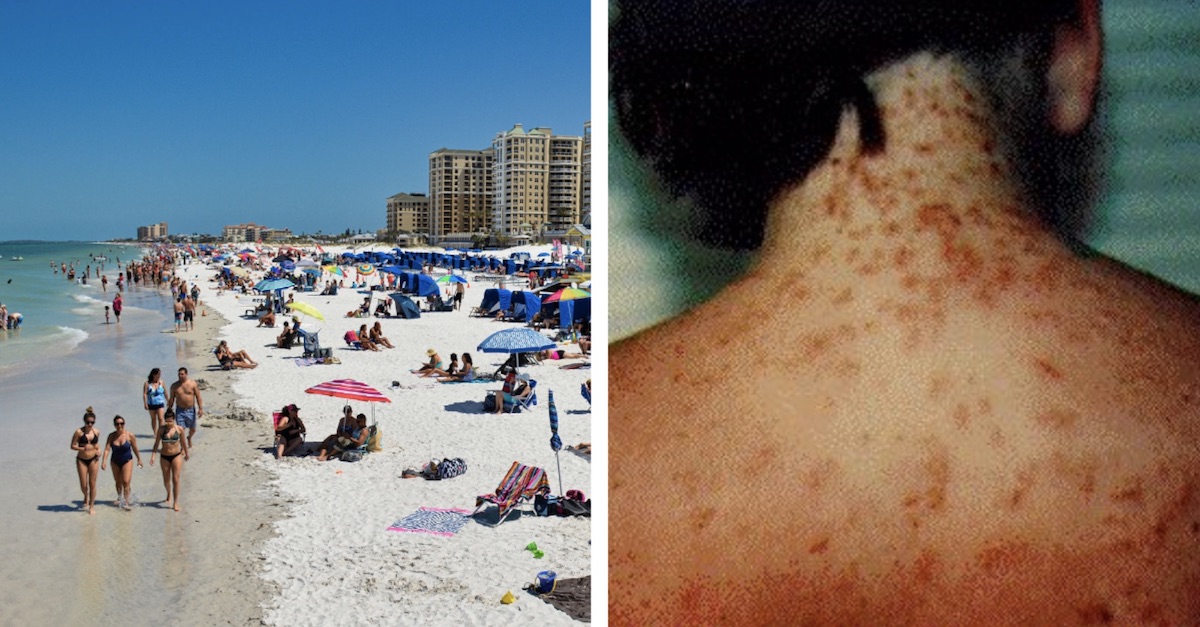
Regular lice are bad enough, but now we have to worry about sea lice? That's not what you want to find when you head to the Florida beaches for summer fun, but it's exactly what some beachgoers are getting.
Sea lice are actually tiny stinging jellyfish larvae that are about the size of the head of a pin, but they're big enough (and numerous enough) to leave itchy red marks all over your body. And they love the warm Florida waters in the summer. This season, lifeguards in Pensacola set out purple flags to warn swimmers of an outbreak of the little buggers.
Pensacola director of public safety Dave Greenwood didn't seem too concerned about this outbreak, according to his interview with the Pensacola News Journal. "It's just one of those [things] you have to deal with when you go into the Gulf of Mexico," said Greenwood. "You are a land animal and the Gulf is not our native environment."
The photos of the resulting rashes certainly seem to prove that. See if you can handle the carnage.
Ready to Be Creeped Out?
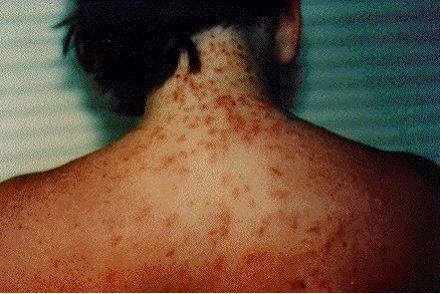
This might look gross, but the good news is that the rash caused by sea lice isn't typically dangerous. For most people, it will cause redness and itching for only a week or two. Those who are sensitive might experience nausea, vomiting, headaches, and muscle spasms and should consult a doctor.
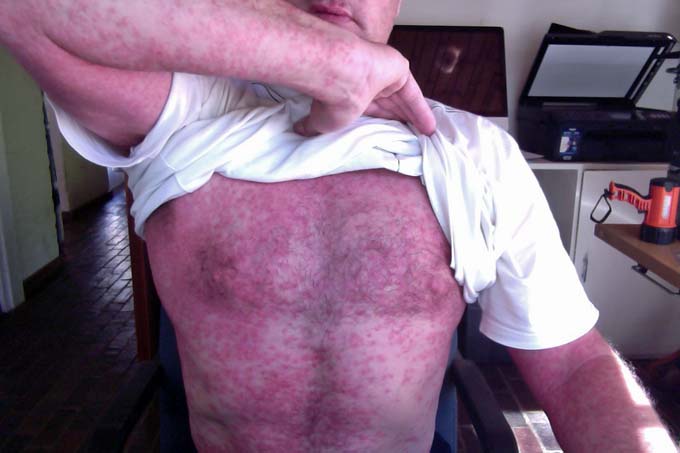
You aren't guaranteed to get the ol' "swimmer's itch" if you swim in jellyfish-larvae-infested waters. It tends to happen when the larvae are stimulated by pressure or friction, such as when they get under your swimsuit or cap.
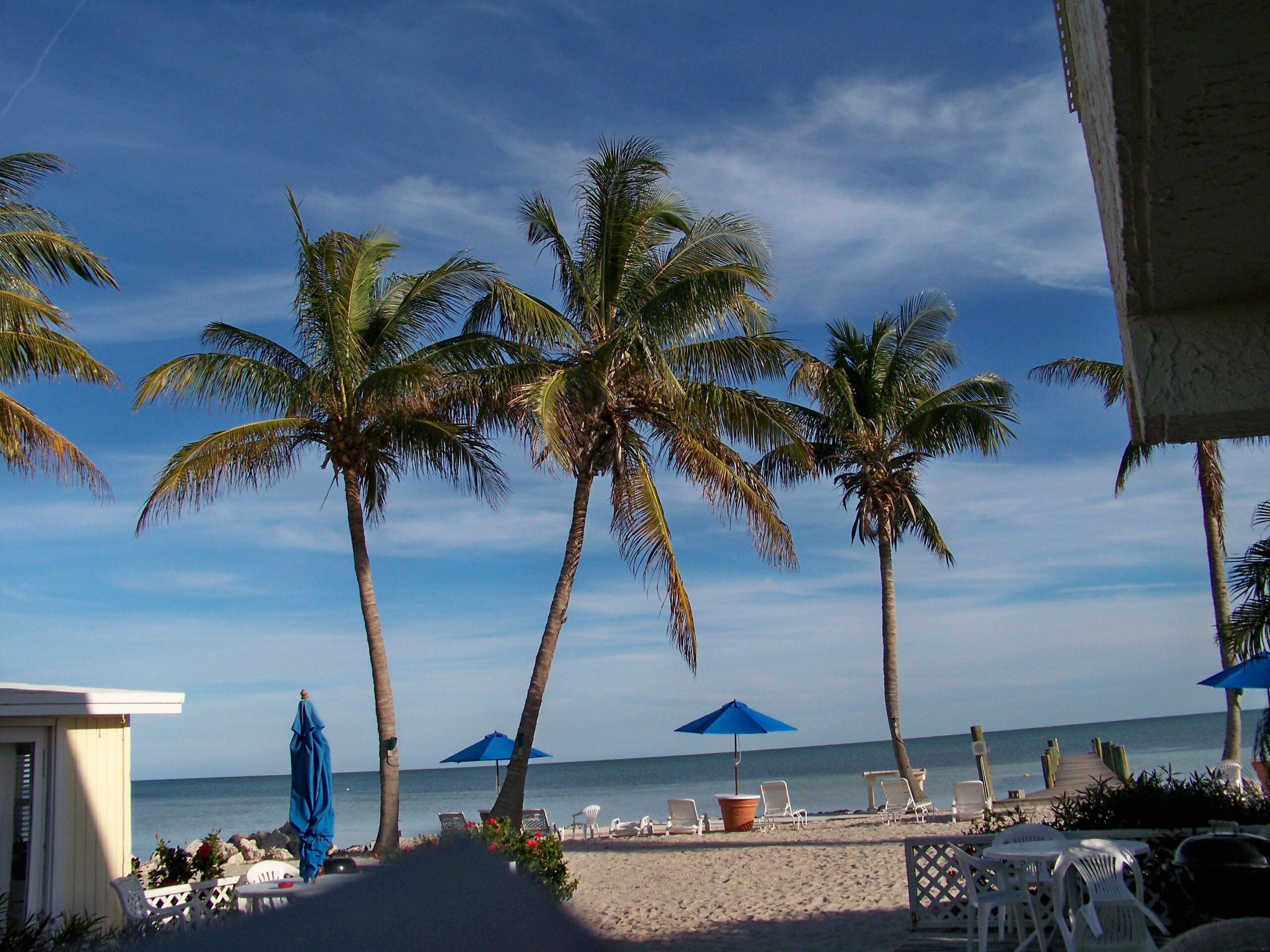
Reactions can be even more severe if you have your entire body up against something like a boogie board, or you hang out on the sand after going in infested waters. You can also make it worse by staying in your wet swimsuit for a long time, so bring a change of clothes.
How to Keep Your Skin Lice-Free
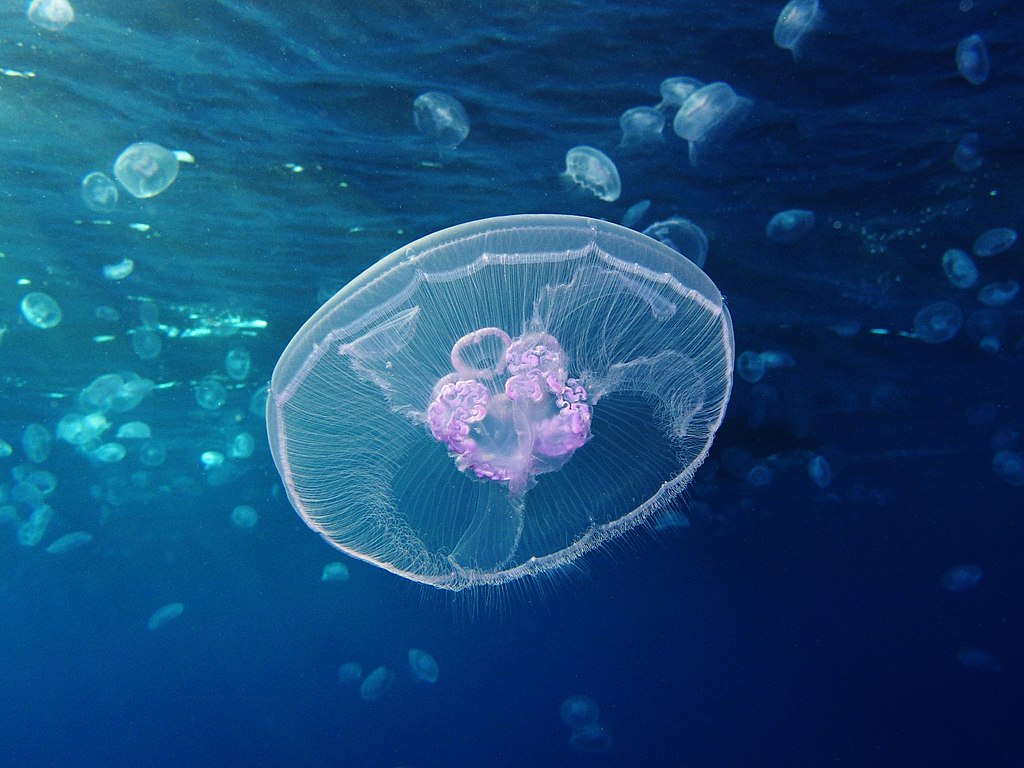
According to the Florida Department of Health, it's "not unusual to see evidence of 200 or more stings under a person's bathing suit." It tends to be worse the more clothing you wear in the water (like if you wear one-piece suits or T-shirts). If you're going swimming in Pensacola this summer, you should wear as little as possible.
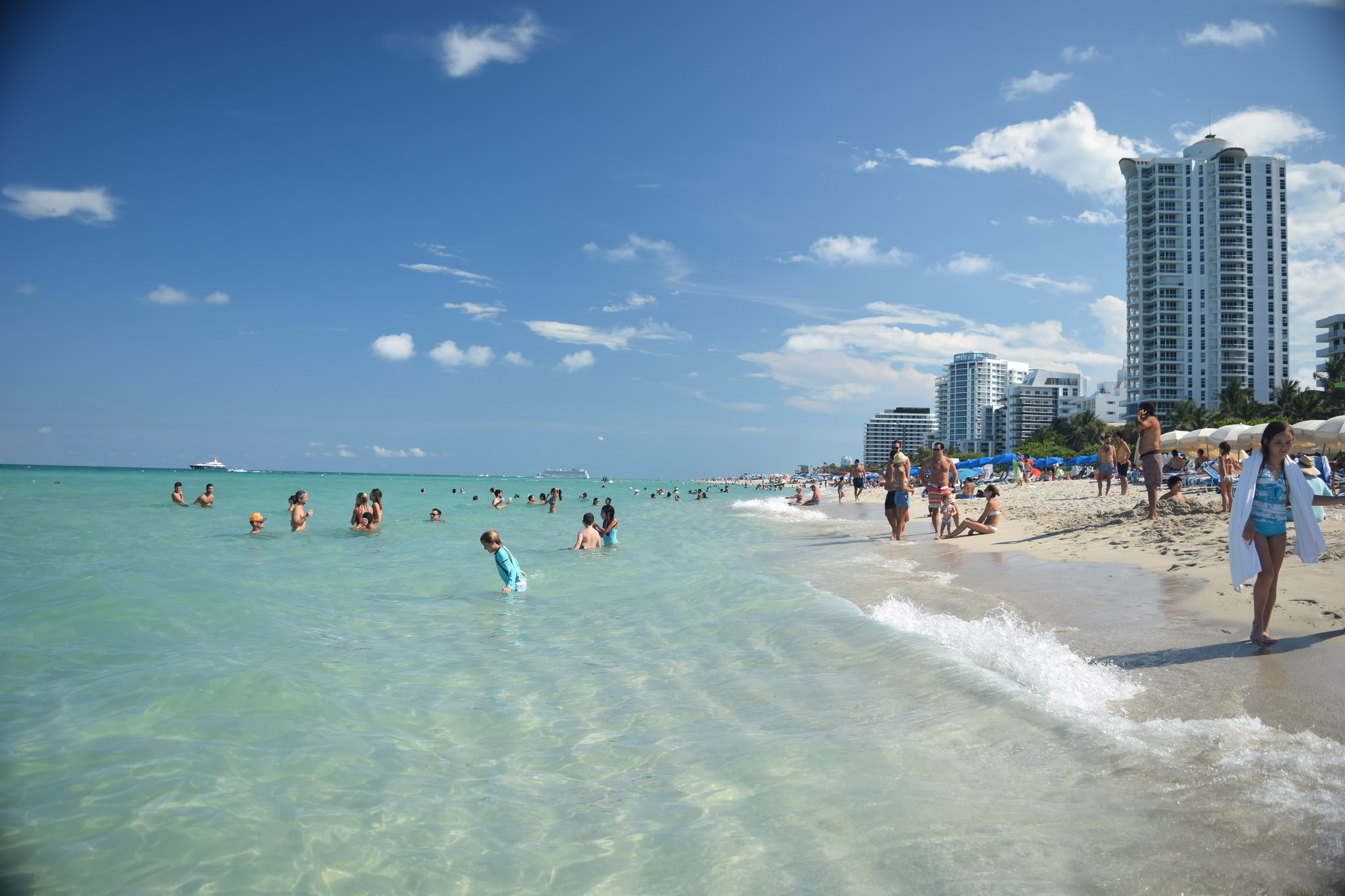
To reduce your risk of stings and rashes, remove your swimsuit and rinse off with clean water as soon as possible after being in infested waters. The Department of Health also recommends that anyone who has experienced a severe reaction to sea lice avoid going into the water at all if they see purple flags posted on the beach.
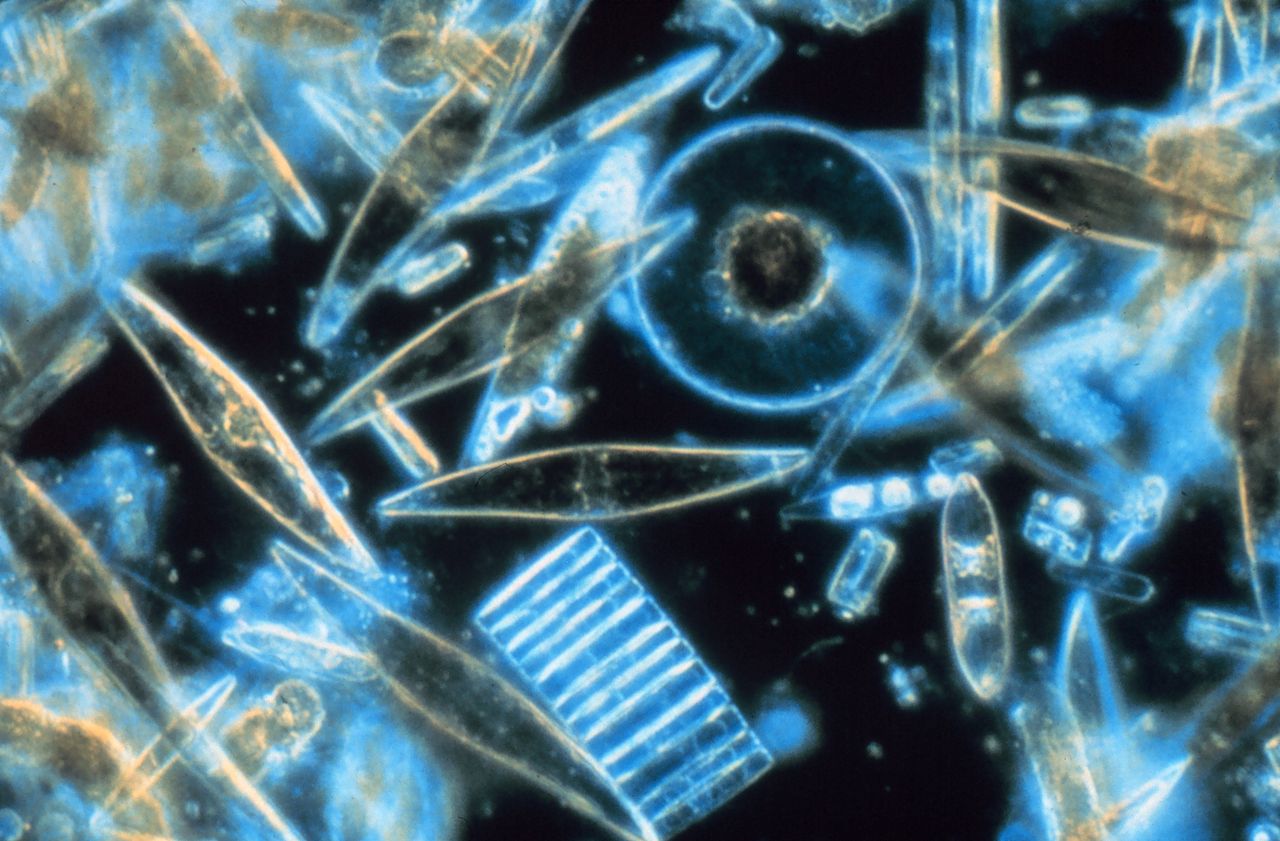
Most of the time, the stings of these tiny organisms are undetectable — until four to 24 hours later, when the red, bumpy rash appears. However, some people have reported feeling a "prickling" sensation in the water before having a bad reaction to the stings. So if you feel oddly prickly in the Gulf, get out and shower as soon as possible!
Sea Lice History

We've known about sea lice since the early 1900s, and the purple flag warning system has been in place since 1989. However, outbreaks have been getting worse in the past four years.
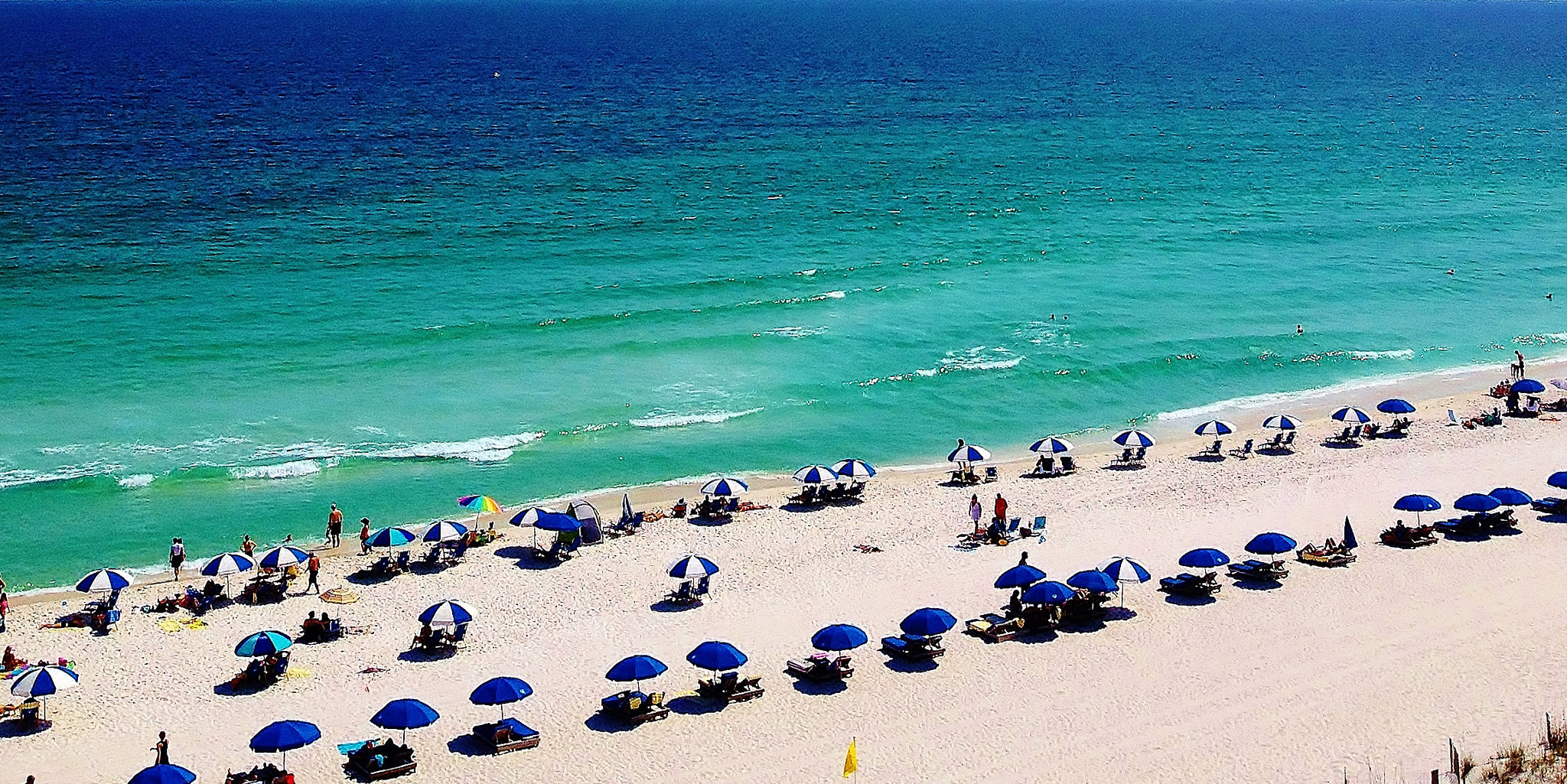
One study found that one out of every four people who went swimming in the middle of a sea lice outbreak got a rash.
No Thanks
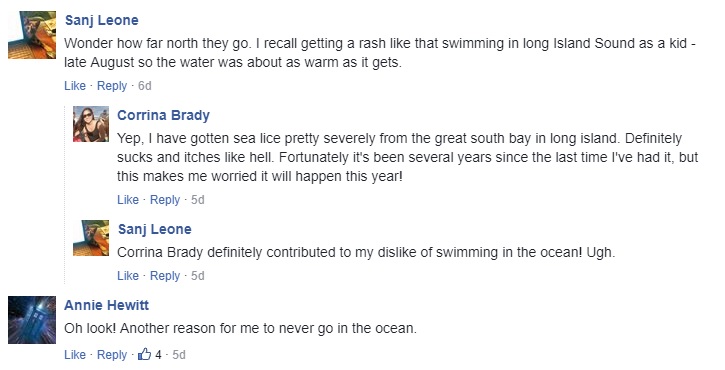
We're not the only ones skeeved out by the idea of sea lice. Commenters on a BuzzFeed News article about the outbreak have shared their own experiences with the rash and explained their own reluctance to get in the water as long as these critters are on the loose.
Beating the Itch

If you do get a rash, there are a number of folk remedies you can try to get early relief, gathered over the years as the people of Florida have been stung. These include everything from witch hazel to athlete's foot spray to meat tenderizer. Head lice medication is not effective, as these little critters are not actually lice at all.
If you're low on witch hazel, the Florida Department of Health recommends oral antihistamines and over-the-counter cortisone skin cream. Any medication designed to bring relief to itchy rashes and stings should be helpful, and the rash will clear up by itself within two weeks.
Adult Swim — No Kids Allowed
Though the rash is not typically considered to be at all dangerous, it's important to keep in mind that children, especially those under 12, are more susceptible and tend to have stronger reactions. There have been a few recorded cases of young kids experiencing high fever from a bad sea lice rash.
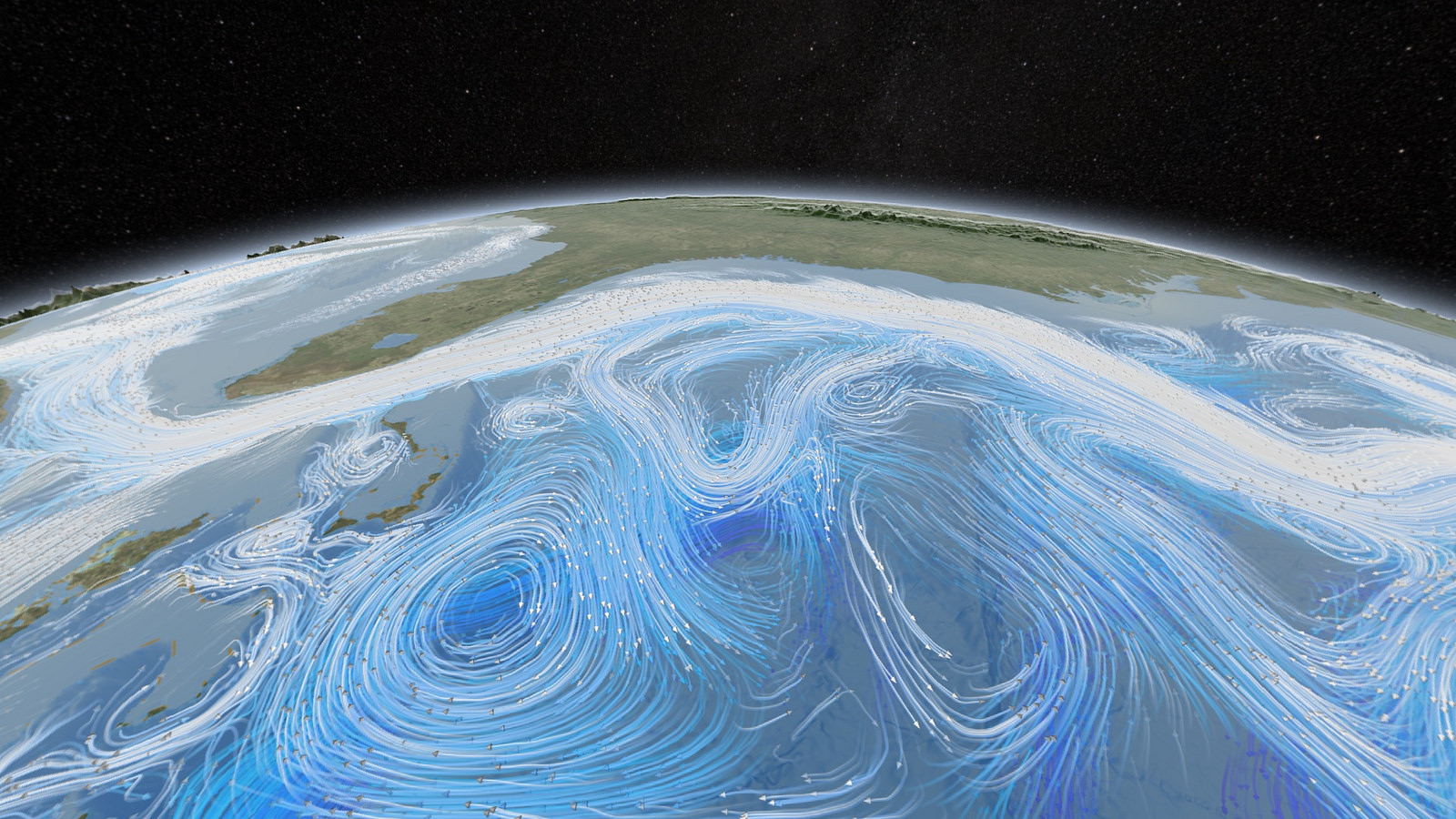
Most of the outbreaks that occur in the US happen around South Florida, especially in Palm Beach County and northern Broward County. However, sea lice can spread across the coastline due to changes in water currents or "strong easterly winds." They also appear in Mexico, the Caribbean, Cuba, and Puerto Rico.

As alarming as the term "sea lice" might be to those of us who haven't heard it before, the typical rash on those who are unlucky enough to get one isn't that bad, according to some Floridians. This is simply another Florida nuisance that the people of the state put up with on a regular basis. You'll still find plenty of people in the water while those warning flags are up.




